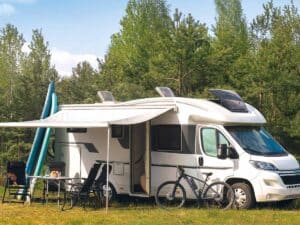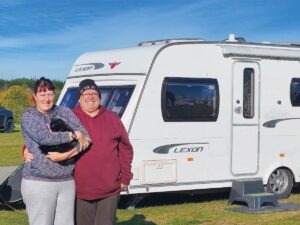During astronomer Dr Ian Griffin’s four years living in Dunedin, New Zealand, he has seen the Southern Lights—the Aurora Australis—more than 150 times. Although he has a professional interest in the night sky, he has become addicted to the spectacular natural phenomenon, which takes place 10 minutes from his front door.
“The fundamental reason we see it is we are one of the closest land masses outside of Antarctica to the Aurora Australis, and we are remote and isolated with very little light pollution.”
Because the Southern Lights in New Zealand appear from just over the southern horizon in Dunedin, depending on where you are viewing them, the lights are often framed by hills and bodies of water, causing reflections that are particularly striking for keen photographers.
“It still surprises me how many people have lived here their whole life and don’t know about the Southern Lights,” Dr Ian, who is the Director of the Otago Museum, says.
The Aurora Australis is caused by electrically charged particles from the sun getting trapped in the Earth’s magnetic atmosphere, causing an enchanting light show that many observers have described as life-changing.
Statistically, the best time of year to view the Southern Lights in New Zealand is around the equinoxes of March and September, though June and July are also good months, as the sky is darkest then, making any aurora activity easier and more dramatic to observe.
Dr Ian says it is important to maximise your chances of seeing the aurora by planning your viewing around the phases of the moon, the last quarter and first quarter moons being the best times, as they emit the least light.
Tips for viewing for Southern Lights in New Zealand
- March and September are the best months to view the lights, though June and July are also good. The lights can be viewed at any time of the year, but statistically your chances are best in March and September. Aim to be at your viewing spot an hour after sunset. The lights ‘perform’ in different ways throughout the night, so stay as long as you can to view them in their spectacular and unexpected diversity.
- Consider staying at accommodation on Otago Peninsula to maximise your chances of seeing the Southern Lights.
- Hoopers and Papanui Inlet are quite remote and a little rugged, so drive carefully (the roads are narrow and unsealed), take a torch, very warm clothing, and consider fluoro jackets or reflector patches.
- Take a deck-chair, blanket or snuggly sleeping bag. If you get addicted to the night sky, or have to wait a while for it to show, you may be out in the elements for hours.
- If you are visiting Dunedin on a Sunday, the local astronomical society opens the Beverley-Begg Observatory to the public from 7:30pm for $5.
- The lights can occasionally be viewed from Christchurch, Wellington, and even Auckland. But basically the further south you travel, the better they get.





